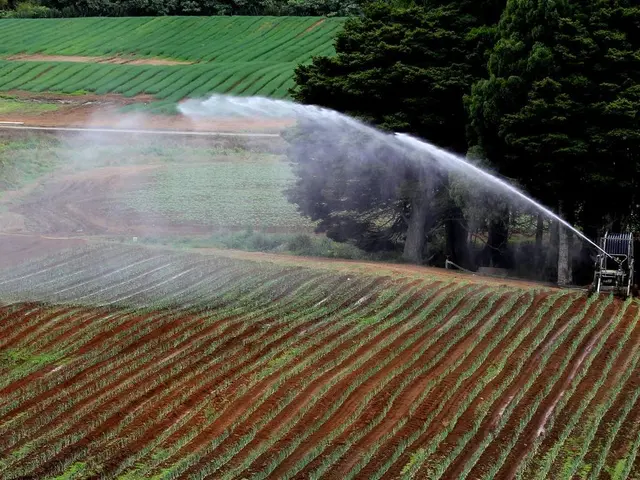California's 2026 CO2 Shortage Averted as Linde's Plant Remains Operational
A potential CO2 shortage looms in California for 2026, primarily due to ethanol plant closures. Despite a recent fire at Chevron's El Segundo refinery, Linde's CO2 plant remains fully operational, ensuring a steady supply from one major source.
Linde's 600-tonne-per-day CO2 plant at the El Segundo refinery continues to function normally, producing merchant CO2 used in various industries like food, beverages, welding, and dry ice. This is despite a fire at the refinery, which was contained to one section and did not affect Linde's operations.
The El Segundo refinery, producing 290,000 barrels of crude oil daily, is a significant contributor to California's CO2 supply. Its continued operation is reassuring amidst concerns over a potential shortage.
While the merchant CO2 market has been stable this summer, the closure of ethanol plants in 2026 could lead to a shortfall. Valero Energy Corporation, involved in California refining operations, plans to idle or close its Benicia Refinery by the end of April 2026, which could exacerbate the situation.
The CO2 shortage expected in California in 2026 is primarily due to ethanol plant closures. Despite the fire at Chevron's El Segundo refinery, Linde's CO2 plant continues to operate, providing a steady supply. However, the planned closure of Valero's Benicia Refinery could further impact the state's CO2 production.
Read also:
- Cyprus, Kuwait Strengthen Strategic Partnership with Upcoming Ministerial Meeting
- BUND Protests Weser Deepening and Soybean Imports in Brake
- Philippines Demands Justice for Dafnie Nacalaban, Murdered Migrant Worker in Kuwait
- Trump administration faces lawsuit by Denmark's Ørsted over halted wind farm project








